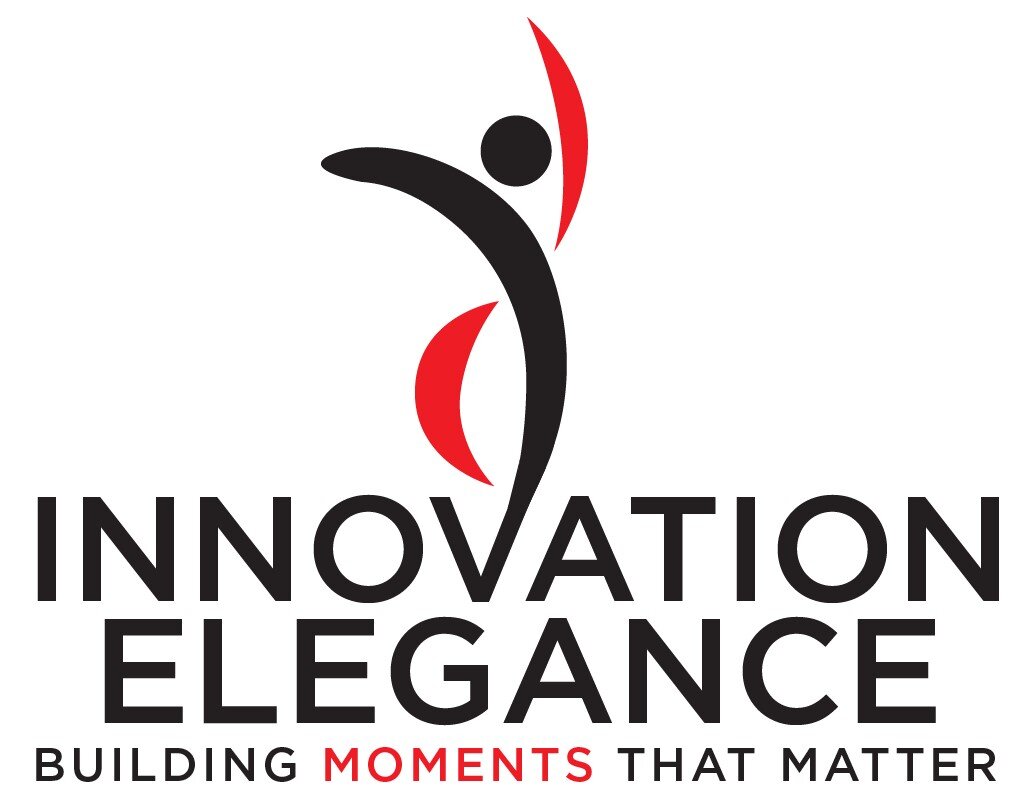Future State Scripts
“Tell me a fact, and I’ll learn. Tell me a truth, and I’ll believe. Tell me a story, and it will live in my heart forever.”
It’s now time to tell the story that you want to bring to life. It’s time to write the story that you want your customers and stakeholders to experience. Your first step to accomplish this is via the Future State Script (FSS).
To carefully isolate changes to an existing process, you might heavily reference your Current State Script. But you might not! You might write the Customer Experience from scratch.
The exciting part of the FSS is that it captures the new and valuable detail of the customer experience. The Change Log and Project Charter capture the new journey at a high level. The FSS builds upon that and captures the detail. Where much project documentation feels serious and cautious, the FSS aims for positive surprises for the customer and all stakeholders. The FSS reflects creativity, safety, and health. The CSS is the story that stakeholders no longer want. The FSS is the story that stakeholders want. The FSS anticipates and models outside threats to the organization and any stakeholder.
For a stakeholder threatened by change (i.e. contrarian), this is the place to capture their input and have them shape change. The positive view is that this script is where your organization’s dreamer(s) shine.
The FSS is where your organization stays traceable and accountable to target values in the scorecard and target values in the User Story Inventory. Neglecting this accountability negates the whole Value Proposition of the investment and the innovation. The script needs to reflect the parts of the customer experience that represent the improvement.
The typical process improvement resides in how your organization engineers its business logic. If you can simplify your business logic enough to automate it, that algorithm first appears in the FSS. The logic will propagate to Use Cases and Future State Process Flows. If you cannot simplify its business logic enough to automate it, the best alternative is to simplify it enough to be able to document it in some way, anticipate manual processing, and avoid surprises later. If unable to do that, brace your ensemble for negative surprises, firefighting, and finger pointing.
Upstream Assets: All seven Current State assets, Project Charter, Object Model
Downstream Assets: Future State Process Flows



